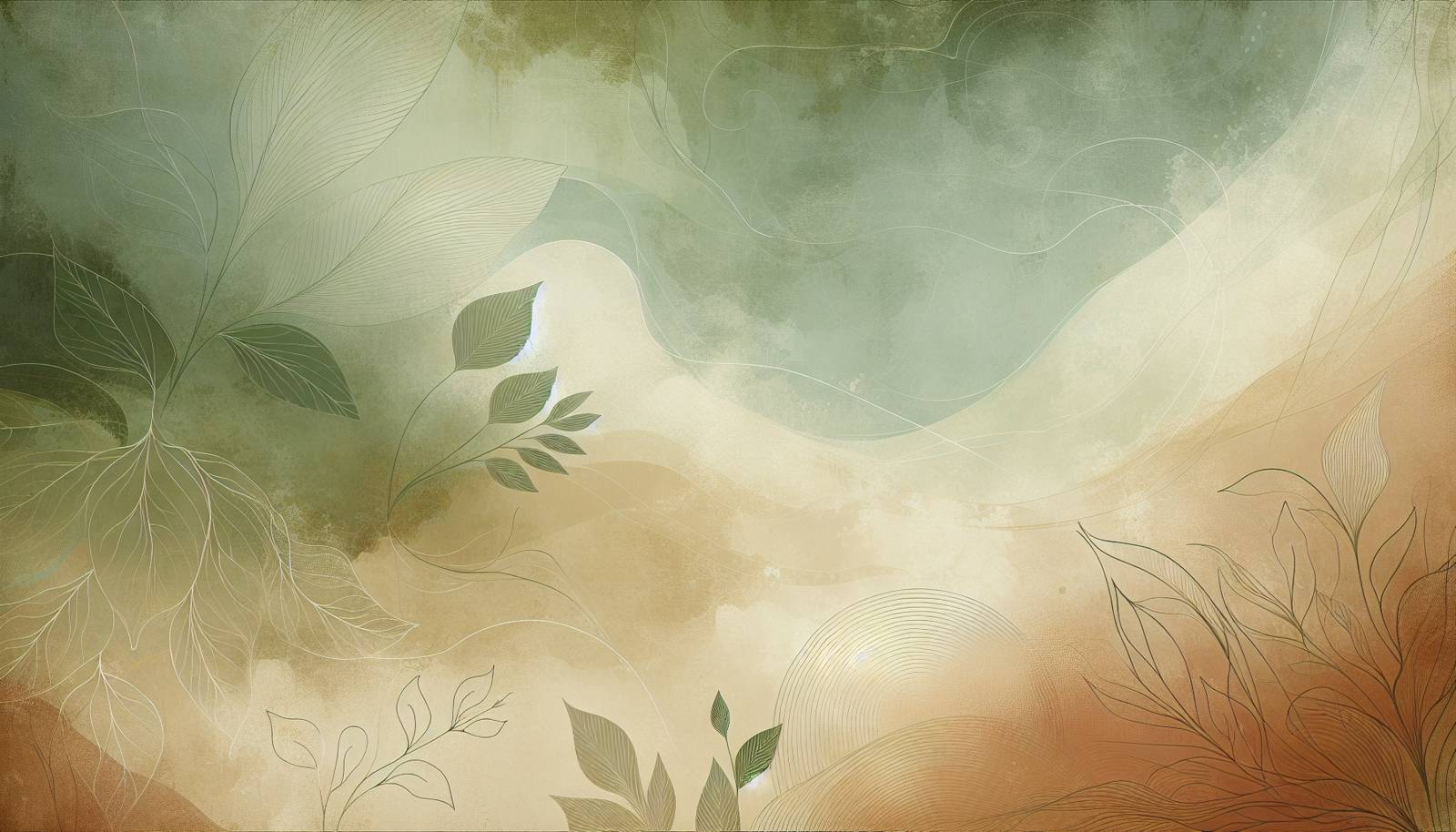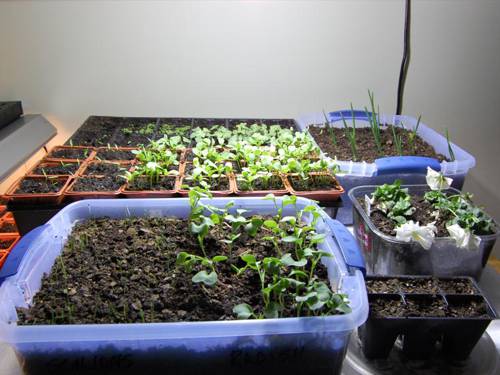
FAQ About Indoor Plant Cold Stratification

What is cold stratification in indoor plants?
Cold stratification is a process used to simulate natural winter conditions to break seed dormancy. Many indoor plant seeds require a period of cold temperatures to germinate successfully. This process involves placing seeds in a cold, moist environment for a specific duration to mimic the natural conditions needed for germination.

Why do some indoor plants require cold stratification?
Some indoor plant seeds are naturally dormant and need specific environmental cues to begin germination. Cold stratification mimics the natural winter conditions that signal these seeds it's safe to start growing, thereby breaking dormancy and enhancing germination rates.

How long should I stratify seeds for indoor plants?
The length of time needed for cold stratification varies depending on the species of plant. It can range from a few weeks to several months. Consult specific guidelines for the species you are working with for optimal results.

What temperature should seeds be kept at during cold stratification?
During cold stratification, seeds are typically kept at temperatures between 33°F and 41°F (1°C and 5°C). Consistent temperature control is crucial to effectively break seed dormancy.

Can I stratify seeds in my refrigerator?
Yes, a refrigerator provides an ideal environment for cold stratification. Place seeds in a moist medium such as peat moss or paper towels inside a sealed plastic bag, and store them in the refrigerator for the necessary stratification period.

Do all indoor plant seeds need cold stratification?
No, not all indoor plant seeds require cold stratification. This requirement is specific to certain species, particularly those native to temperate climates where they naturally experience a cold season before sprouting in the spring.

Can I use a freezer for cold stratification?
A freezer is not recommended for cold stratification, as the temperatures are too low and can damage seeds. The process requires cool, but not freezing conditions to be effective.

What is the purpose of using a moist medium in cold stratification?
A moist medium provides the necessary humidity and water required for seeds during cold stratification. This moisture is crucial as it replicates natural conditions and encourages the enzymatic processes that break seed dormancy.

Is stratification the same as scarification?
No, stratification and scarification are different processes. Stratification involves cold treatment to break dormancy, while scarification involves physically breaking or softening the seed coat to facilitate water absorption and germination.

What materials are best for the moist medium in cold stratification?
Common materials used for the moist medium in cold stratification include peat moss, sand, vermiculite, or paper towels. These materials hold moisture well and create an ideal environment for stratifying seeds.

How do I determine if seeds require cold stratification?
To determine if seeds require cold stratification, check the plant species’ specific germination requirements. Resources such as seed packets, gardening books, or reputable online databases can provide information on whether stratification is necessary.

What are common mistakes to avoid during cold stratification?
Common mistakes include using improper temperatures (such as freezing instead of cold), insufficient moisture levels, stratifying for the wrong duration, and using contaminated mediums. These can all hinder successful seed germination.

Can I stratify seeds in a damp paper towel?
Yes, seeds can be stratified using a damp paper towel. Place the seeds on the towel, fold it to cover the seeds, and then store it inside a plastic bag in the refrigerator for the required duration.

How important is consistency in temperature during cold stratification?
Consistency in temperature is crucial during cold stratification. Fluctuating temperatures can interrupt the dormancy-breaking process and negatively affect seed germination rates.

How will I know when seeds are ready to plant after cold stratification?
Seeds are ready to plant once the stratification period recommended for the species has been completed. Some seeds may even begin to show signs of germination, such as swelling or the initial root (radicle) emerging.

Can I stratify different species of seeds together?
While it is possible to stratify different species together, it's essential to ensure they have similar stratification requirements for temperature and duration. Otherwise, stratify them separately to meet their individual needs.

What should I do if seeds start germinating during stratification?
If seeds begin germinating during stratification, carefully plant them in appropriate growing media. Handle with care to avoid damaging the emerging seedlings, as they are in a delicate stage of development.

How can I tell if cold stratification was successful?
Successful cold stratification is indicated by improved germination rates compared to non-stratified seeds. If seeds sprout shortly after the cold treatment, it confirms the effectiveness of the process.

What indoor plants commonly require cold stratification?
Indoor plants that commonly require cold stratification include those from temperate climates such as certain ferns, wildflowers, and herbs like lavender and rosemary. Verify each plant's germination guidelines for specifics.

Is cold stratification applicable to vegetables in indoor gardening?
While most commonly applied to ornamental and native plants, cold stratification can also benefit some types of vegetables, especially those that naturally experience cold periods in their native environments before germination.
